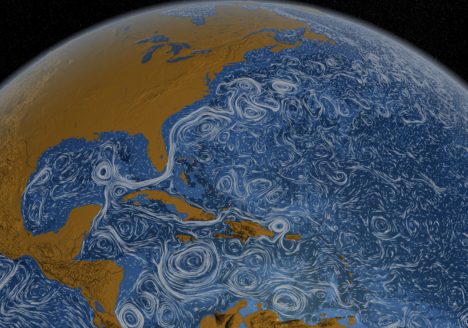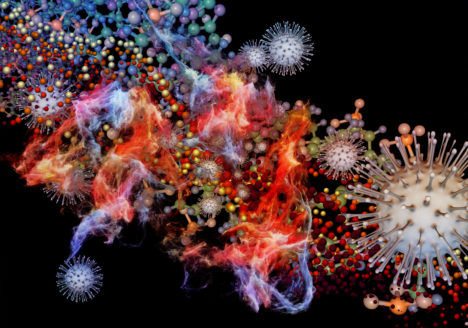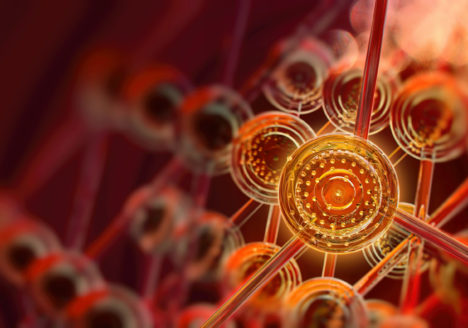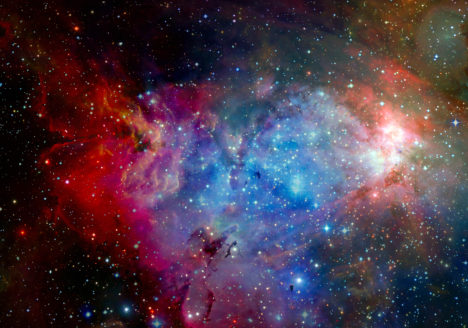

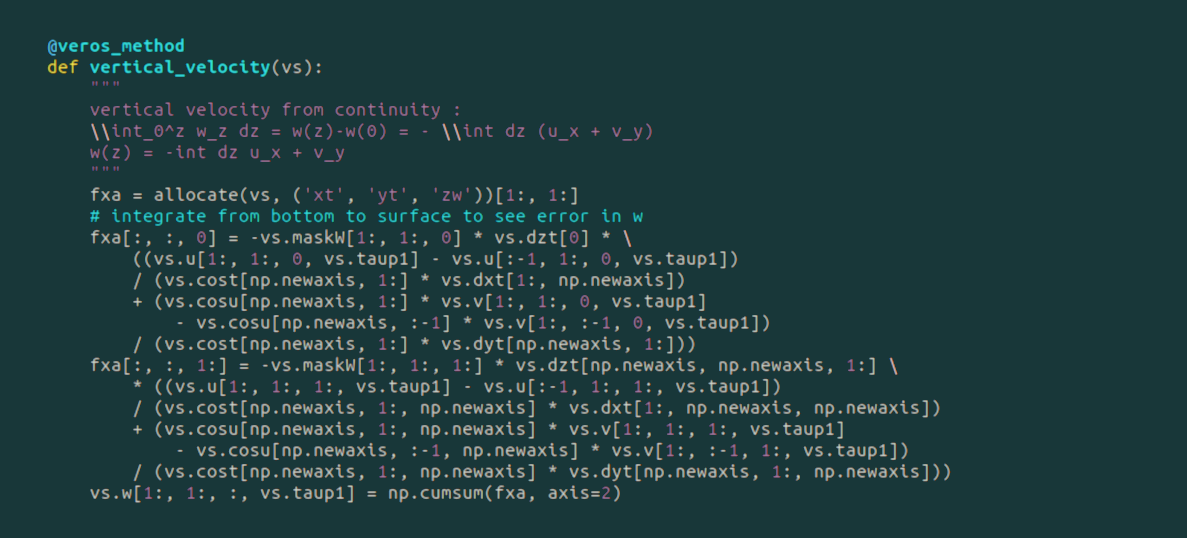
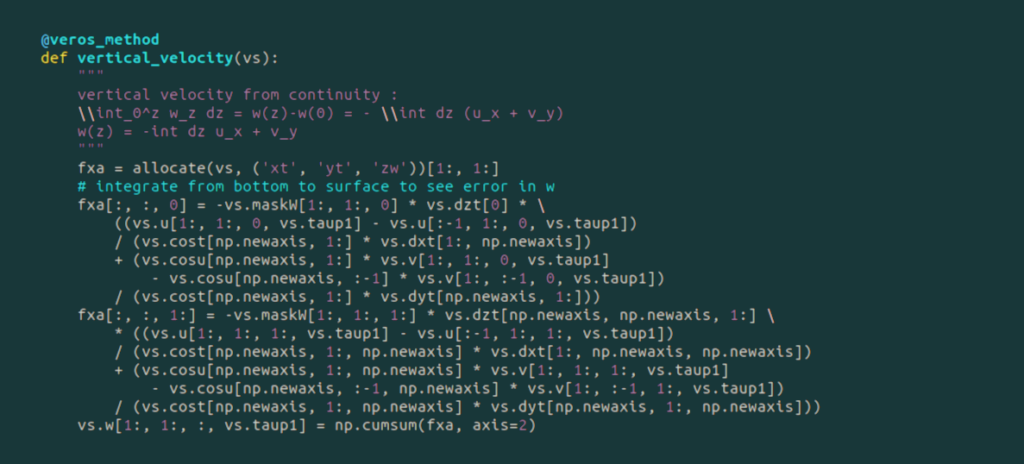
Digital worlds:
Rebuilding Life, Planets and Galaxies
Our universe, with its life, planets and galaxies, is governed by laws that have been uncovered painstakingly by generations of scientists through observation, experimentation and deduction. However, even a casual reading of advanced textbooks makes it obvious that while the governing laws are often of beautiful simplicity, they lead to staggering complexity in the real world.
This real world, the world that we live in, is full of randomness and complex interaction of multiple forces, remote and near – and almost impossible to analyze or predict with analytical methods. The recognition of this truth in the late 20th century led many to predict the end of science. Fortunately, it was at this junction in history that computers became powerful enough to become an epistemological tool, the third pillar of science next to experimentation and theory.
“Finally, we can rebuild our universe as numerical simulacra that capture the complexity which arises when the fundamental equations evolve and interact!”
As envisioned by John von Neumann (1903-1957), the founding father of computing, we can now finally rebuild our universe as numerical simulacra that capture the complexity which arises when the fundamental equations evolve and interact! This computational experimentation not only vastly expands our knowledge, but it also allows us to predict phenomena as different as the majesty of supernovae and abyssal ocean currents, the quantum interactions that drive chemistry, or the evolution of life.
Scientists at the Niels Bohr Institute develop methods that merge physics and high-performance computing, to transcend reductionist textbook knowledge and understand our universe in all its beauty and complexity. I invite you to follow me through the next pages and share the joys my colleagues gain from building molecules, planets and galaxies!
Jan W. Thomsen
Professor, head of the Niels Bohr Institute
The five Digital Worlds developed at NBI
I FEEL I CAN BRING SOMETHING TO THE TABLE
Age matters little as the NBI researchers create digital versions of the physical world. Often it will be the students who are able to teach their experienced professors a trick or two.
Academia has always had a tradition for open exchange of ideas, including between faculty and students. In a field where being born digital is a definite plus it can sometimes even be hard to tell who is teaching whom.
“One thing I did bring to the table was a new approach to testing various hypotheses against each other”, says Dion Häfner, PhD student in the ocean dynamics group at NBI.
The group creates digital twins of oceans (as explained in the Digital Oceans chapter), mimicking currents and other processes of the real oceans.
“Creating these digital twins is really challenging and interesting. However, what interests me even more is how we can put these models into work once we have them,” says Dion Häfner.
The computer does the boring work
Digital versions of the ocean can be utilized to obtain new knowledge by manipulating certain factors. What will for instance happen if the temperature increases or if a given current is weakened?
“The thing is, when we do this type of experiments and observe some results, different people will have different stories on what is going on in our complex climate system. Previously, people would just agree to disagree, but I don’t think we should settle for that. That’s why I am developing machine learning-based tools to test different hypotheses against each other in a principled, quantitative manner. This was a new approach to the group,” explains Dion Häfner.
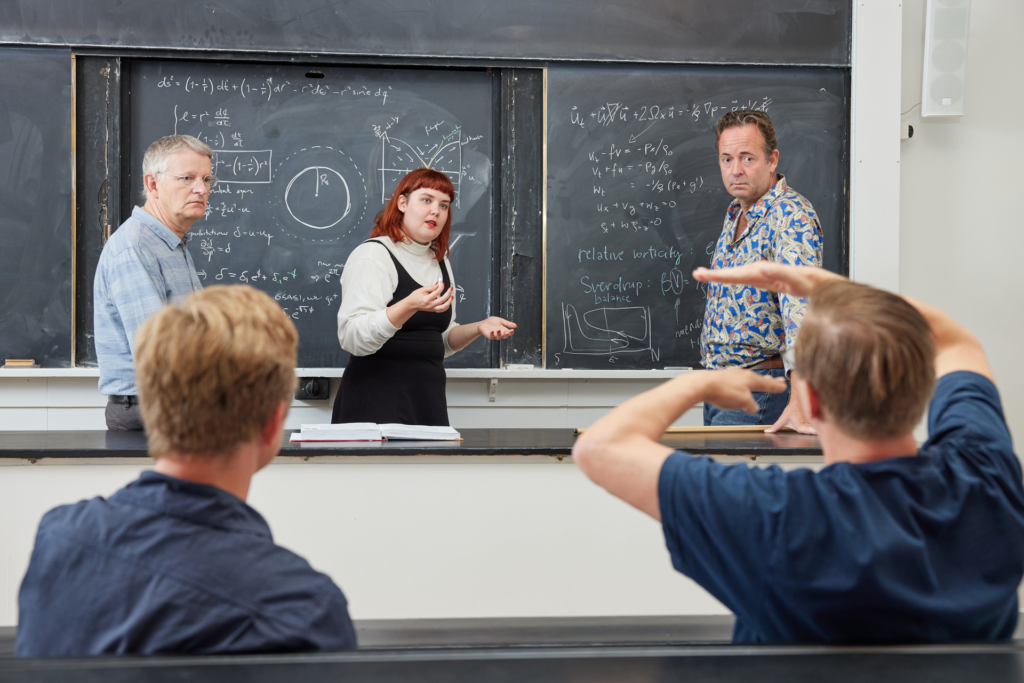
Asked what attracted him to the field, he replies:
“Right from the outset I liked the idea that I am able to leave a lot of the boring work to the computer. Just pushing a button and waiting for results to come in is really satisfying. Meanwhile, I can focus on what I find interesting.”
A deep connection with nature
“Running an ocean model can almost feel like playing a computer game,” Dion says with a smile, then adding on a serious note:
“But of course, this is not a game. What we create in our computers reflects what takes place in the outside world every day. As humankind we are only able to spend a limited time on this planet. If we want to expand that time, we really need to understand the world around us.”
Sounds like you are motivated by mitigating climate change?
“In part, yes. Climate change is the most urgent challenge to us right now, but I am not only focused on that. Other changes in the Earth’s climate will come after this one, and we need to understand our planet to handle them. Actually, I would say that the study of nature itself is my main motivation. Also, I am really fascinated by the technical details behind being able to build something as complex as our world inside a computer.”
The computer is not the only way for Dion to study nature, he adds:
“I feel a deep connection with nature – as most natural scientists do. Ironically though, considering that technically I am an oceanographer, I am not much of a boat person. I would probably just get sea-sick.”
“As humankind we are only able to spend a limited time on this planet. If we want to expand that time, we really need to understand the world around us.”
Dion Häfner, PhD student in TeamOcean at NBI.

